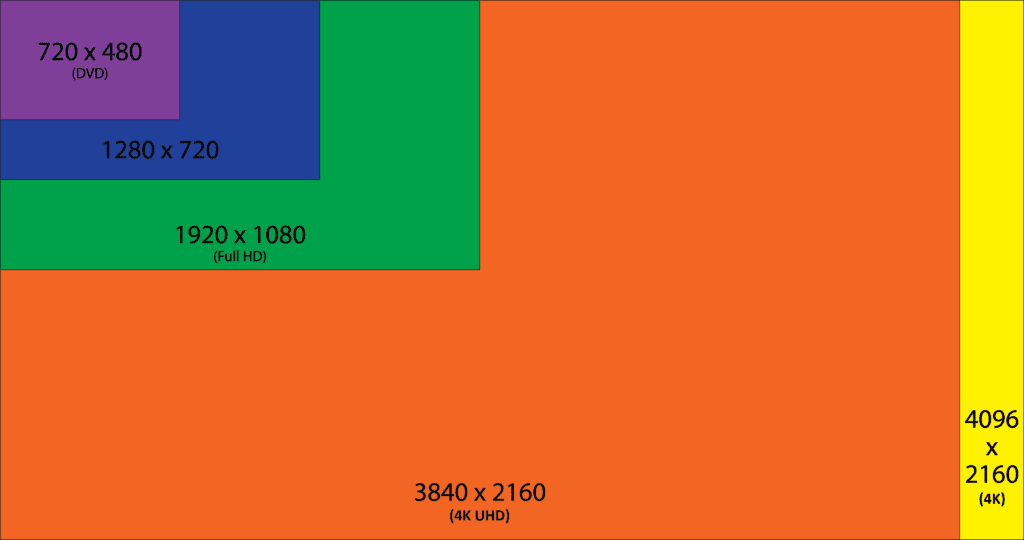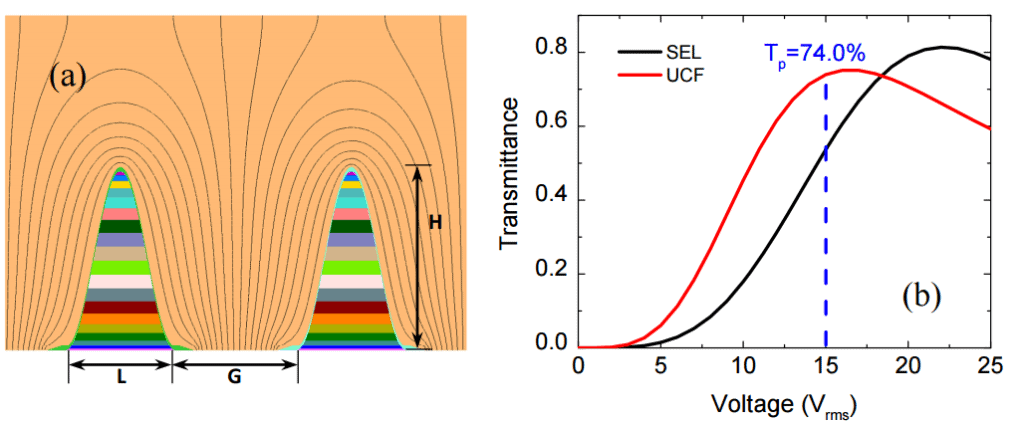
The resolution density of today’s displays is nearing its limits. But an international team of scientists has found a way to cram in more pixels per square inch than ever before. Using a new type of blue-phase liquid crystal optimized for field-sequential color liquid crystal displays (LCDs), the team claims it’s possible to up the resolution density three fold compared to the state of the art. Moreover, the new technology consumes less power.
“Today’s Apple Retina displays have a resolution density of about 500 pixels per inch,” said Shin-Tson Wu, who led the research team at the University of Central Florida’s College of Optics and Photonics (CREOL). “With our new technology, a resolution density of 1500 pixels per inch could be achieved on the same sized screen. This is especially attractive for virtual reality headsets or augmented reality technology, which must achieve high resolution in a small screen to look sharp when placed close to our eyes.”
12K displays?

Your typical LCD screen is comprised of a thin layer of nematic liquid crystal onto which white light is fired from LEDs. This incoming backlight is modulated by thin-film transistors to display graphics while colours are produced by combining red, green, and blue filters.
Experiments suggest that blue-phase liquid crystals can be switched on and off by transistors almost ten times faster than the nematic variety. This incredibly fast sub-millisecond response time means that different coloured LEDs (red, green, and blue) can fire light at different times. The switching frequency is so fast that you brain can’t process the variation and instead you’ll feel like it’s all a continuous experience. Basically, this feature removes the need for colour filters drastically saving space in a display device.
Scientists think this configuration can triple the number of pixels per square inch. It ought to triple the optical efficiency as well since the light isn’t required to pass through filters anymore — these used to limit light transmittance to only 30 percent.
Blue-phase liquid crystals aren’t exactly new. Samsung first demonstrated an LCD display prototype based on blue-phase crystals for the first in 2008. However, it proved difficult at the time to scale the technology commercially due to high operational voltage and slow capacitor charging time.
Wu and colleagues collaborated with academic and industry partners to try to solve these issues. Their efforts eventually paid off after the international team of researchers combined the liquid crystals with a special performance-enhancing electrode structure that lets the electric field penetrate the liquid crystals more deeply.

This configuration successfully reduced the operational voltage to 15 volts per pixel and achieved a light transmittance of 74 percent, as reported in the Optical Materials Express journal. These figures suggest field-sequential color displays are now practical and could soon see commercial development.
“We achieved an operational voltage low enough to allow each pixel to be driven by a single transistor while also achieving a response time of less than 1 millisecond,” said Haiwei Chen, a doctoral student in Wu’s lab. “This delicate balance between operational voltage and response time is key for enabling field sequential color displays.”
A working prototype might be available as soon as next year, Wu said.


